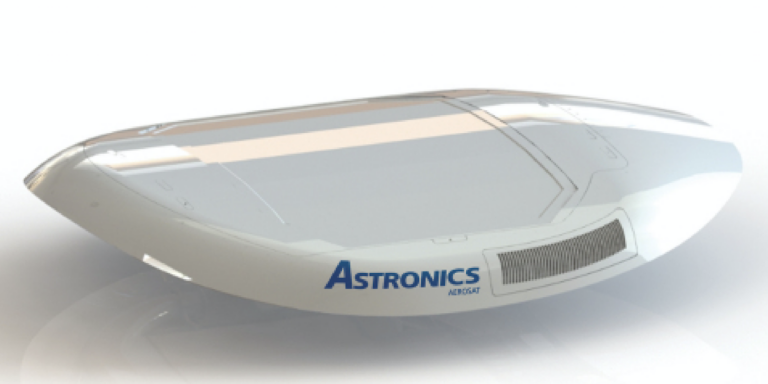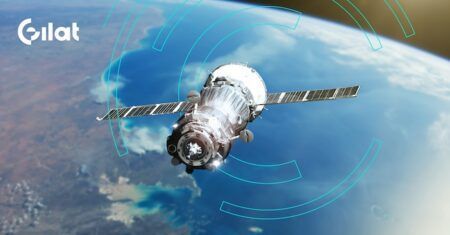Astronics AeroSat, in conjunction with Phasor, has developed three models of SATCOM inflight connectivity antennas featuring electronically steered array (ESA) technology. The antennas, named the E-Series, are claimed to deliver ‘unprecedented connection reliability’ for a wide range of aircraft and will be shown at AIX in Hamburg, from April 2-4.
The low profile E-Series antennas will provide Ku- and Ku-HTS connectivity for geostationary Earth orbit (GEO) networks, as well as being ready for tomorrow’s medium Earth orbit (MEO) and low Earth orbit (LEO) networks. The system also will offer dual-beam capability, enabling it to support the future “make before break” requirement of non-GEO networks from a single array, or the ability to communicate with two independent GEOs, or a LEO & GEO network simultaneously. The E-Series will feature technology that enables a simultaneous transmit and receive from a single antenna array, with no need for bulky extra panels that drive up size and weight.
“We believe the new E-Series will provide seamless connectivity for both new and existing networks while providing a true, solid-state, active array antenna system. This provides cost and reliability advantages for airlines, business and military aviation, satellite network operators, and most importantly, the passenger and their inflight connectivity experience,” stated Matthew Harrah, president of Astronics AeroSat.
The E-1000 model will serve existing GEO constellations and is ready for LEO and MEO satellites for twin- and single-aisle commercial aircraft. This model measures 78in x 61in x 3.5in. The E-600 model is a mid-size solution measuring 78in x 47in x 3.5in, intended to serve the same networks but targeted for single-aisle and business aviation aircraft. The third variant, the E-200 model, is a small-size version, which is a future-concept antenna for LEO-only satellite networks that is ideal for turboprops up through twin-aisle commercial aircraft based on connectivity needs.
Astronics will display the prototypes of these inflight connectivity antenna systems at AIX Stand 3B30 to generate customer and industry feedback. Technology demonstrations of the inflight performance will occur in early 2020, with STC/PMA authorizations expected by 2021.





